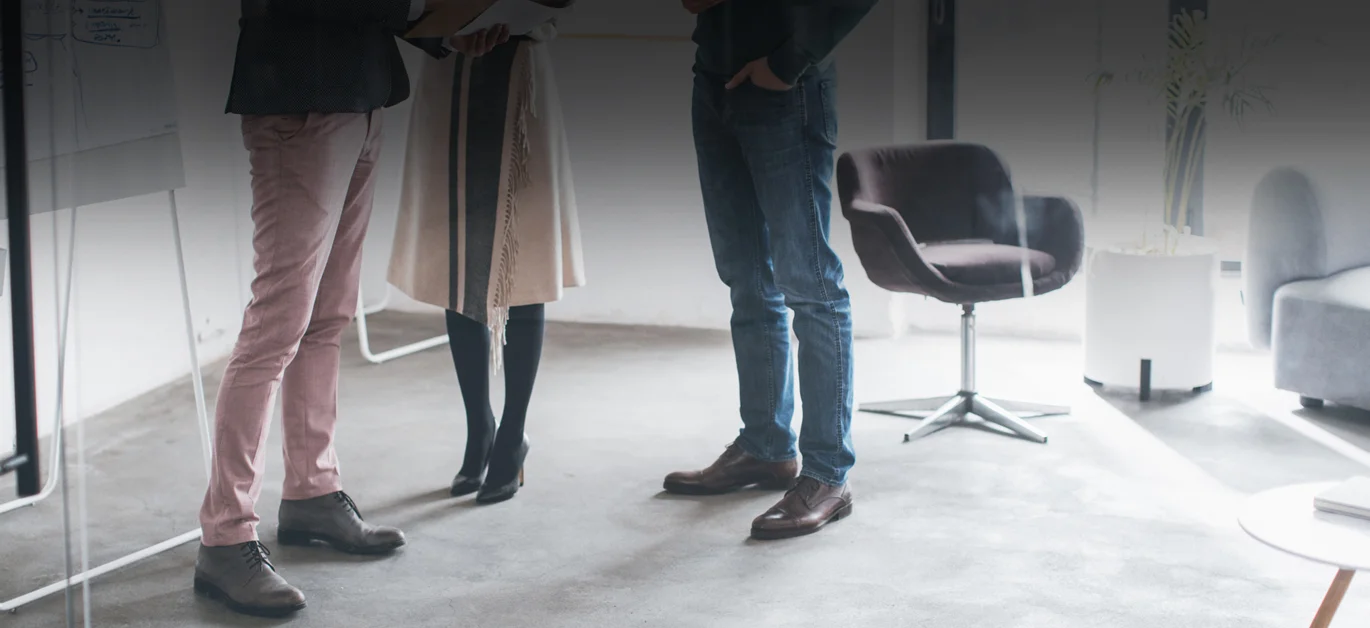I moved to California from the east coast of the United States. I arrived in Silicon Valley fresh out of roles in management consulting and my first tech startup. I’d even had my picture in Fortune magazine by the time I was 24. I had high hopes for product strategy position in large software company. I had made it through a reduction in force (RIF) and the elimination of my boss and team. However, the new role and culture was even more toxic than before and no matter how hard I worked none of it mattered or made a difference. It kept getting worse and then one day I found myself crying in the bathroom. My body was telling me something my mind didn’t want to hear. I was a cog in a machine going nowhere fast.
Bathroom tears - they happened multiple times - became my tipping point. In fact, they might have been the first time I listened to my body. Things were not okay. I was not okay. Lost and burned out, I followed the advice of a friend, and drove down the jagged California coast to a retreat center in Big Sur, California called Esalen. It was a place that promised healing and transformation. What started as a weeklong spiritual retreat with a Shaman became nine months of immersion into healing traditions from around the world.
Big Sur, California
After living at Esalen for a few months, I met a healer who said, “you look like someone who could use some bodywork.” I had no idea what they were talking about, but the offer for free healing work, at a time when I had no income, was too hard to pass up.
What I thought would be a massage, wasn’t. Instead, it was a deep tissue modality designed to release old blocks and aberrations in the body. It was intense, even painful at times, but as I confronted and breathed through the pain, bit by bit I released the armor I had built up over my lifetime so far. I could not believe how different I felt. After the left side of the body was worked, I stood in front of the mirror and was shocked. I was completely lopsided. The left half of my face was softer, my left shoulder was lower, my left leg was straight, and all parts relaxed. In contrast, my right side was more chiseled, sharp, braced for an attack. But thanks to the work on the left, I felt an intense calm, like staring out on a deep blue lake. It was calmer than I could ever recall. My head was still. My mind was quiet. I grinned. Even my smile was lopsided. I felt like I’d been to the dentist and one side had been numbed, the other hadn’t. “Let’s do the other side,” I said.
I didn’t fully grasp it back then, but letting go of old hurt and trauma allowed me to inhabit my body differently; and I soon discovered how much easier it was to be calm when my body was calm. I realized it was easier to think clearly when my body was clearer. Dissolving old trauma that lived as tension and tightness in the muscles and tissue of my body changed my whole perspective. This was the second time in my life that the mind body connection was overwhelmingly evident to me.
If you’re curious about the first time I learned about the power of mind body applied to both life and work you can watch this video to hear that story.
Both stories (and many more) will be shared in my upcoming book. If you haven’t already, sign up for my newsletter using the form at the bottom of this page to stay informed about the book.







